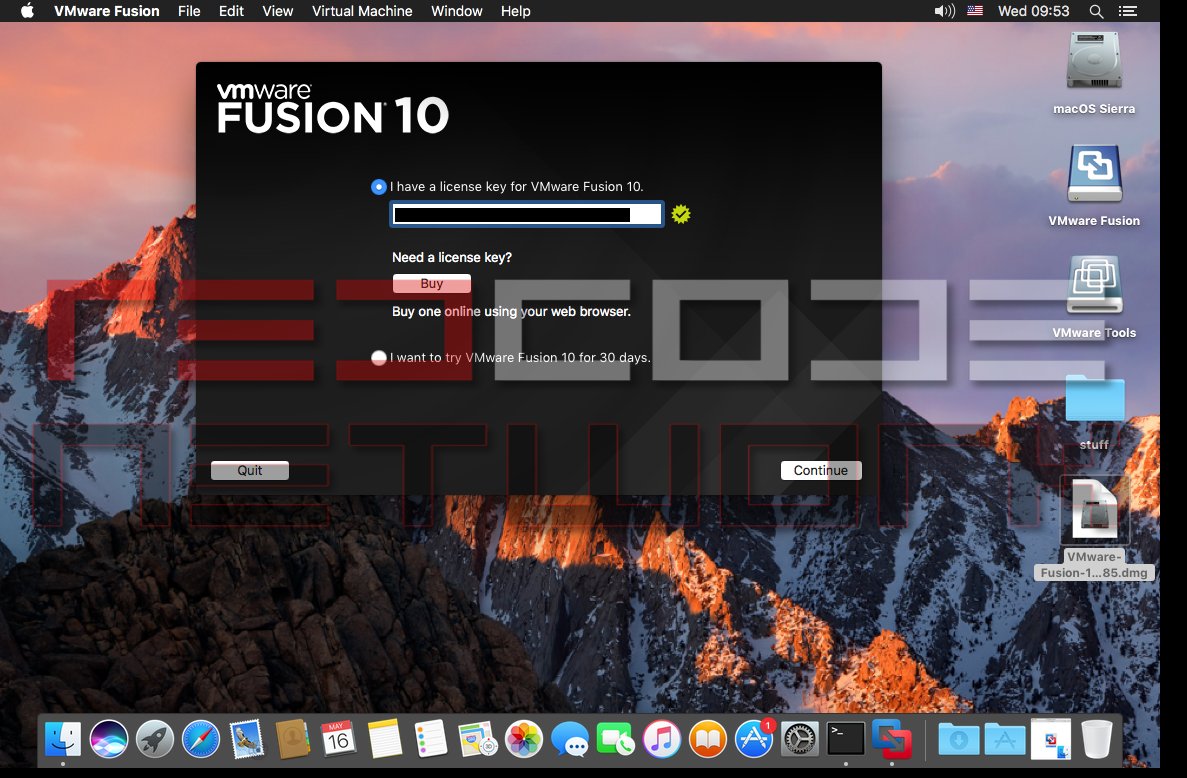

Vmware fusion mac windows 11 install#
If your disk layout looks like mine (and it should, if you let VMware Fusion install Windows for you), you can just right-click your NTFS volume and select Extend Volume. Start it, and you’ll see a window like this:
Vmware fusion mac windows 11 windows 10#
You just need to extend the volume, and Windows 10 already comes with the tool you need.Ĭlick the Windows 10 start menu, and search for Create and format hard disk partitions. The good news is that this is easy to fix. Although there’s plenty of space on the virtual disk, the Windows volume on the disk is still only configured to fill 60 gigabytes. When you boot Windows again, you’ll find that you haven’t solved anything yet-your disk is just as full. When VMware is done doing its thing, you’ll effectively have a new, bigger disk with the contents of your old disk right up front. You can even make it bigger than the free space on your Mac, since it won’t actually take up the space until Windows uses it! ( Beware, though: You can’t easily shrink it again, and if you start running out of space on your Mac, you’ll be in trouble.

Just shut down your virtual machine, press Command-E to open its settings dialog, and open up the Hard Disk option.įrom here, you can make your Windows virtual disk as big as you want. Upgrading to Something a Little RoomierĪsking VMware to give you a bigger disk is straightforward. While they start out occupying almost no space, they grow as you write, right up to the virtual disk’s actual size.Īs long as you expect to have enough space on your Mac to expand your virtual disk, you can very easily treat your virtual Windows machine to an upgrade. Because virtual disks are stored as files on the host computer, having more storage just means fitting a bigger virtual disk file on the host.Īdditionally, by default, they’re stored sparsely. Virtual storage is a little more complicated, but it’s also more flexible. If you need more space and don’t want to (or can’t) split it between two disks, you’ll need to copy all of your files onto a bigger disk. Your computer comes with a certain number of gigabytes of disk, which contains your operating system, installed software, and any files you store there. Storage on a personal computer is relatively easy to understand. Thankfully, there’s a relatively easy way to expand your space, as long as your Mac has headroom. If you’ve used VMware Fusion to run Windows on your Mac for any length of time, this is probably a familiar sight:įusion only gives your Windows virtual machine 60 gigabytes of space, which may seem like plenty at first-but it rapidly fills up.


 0 kommentar(er)
0 kommentar(er)
